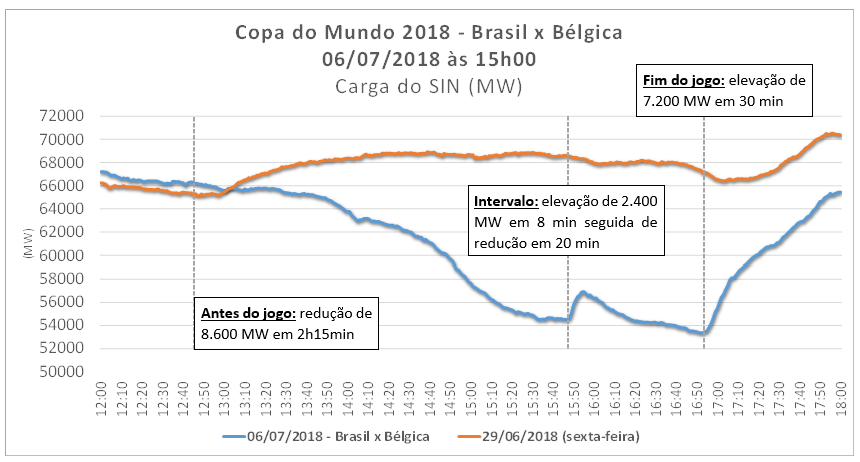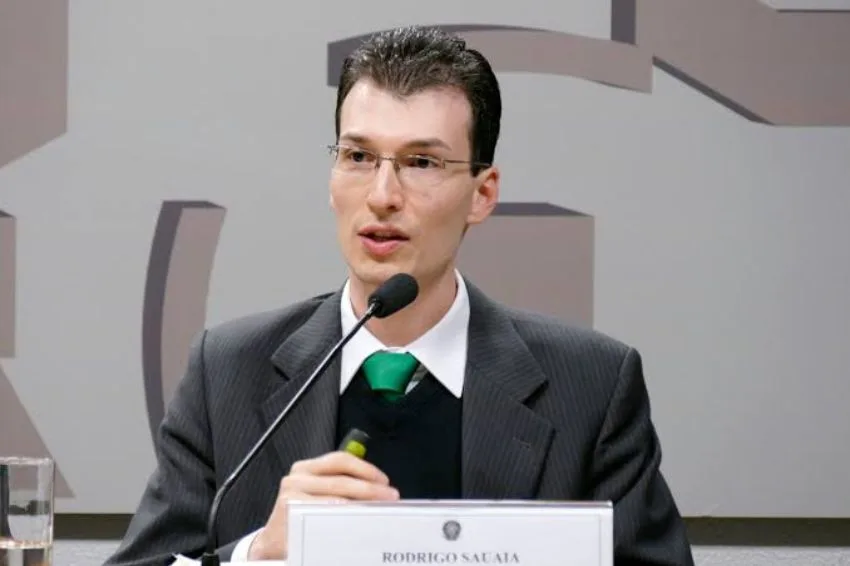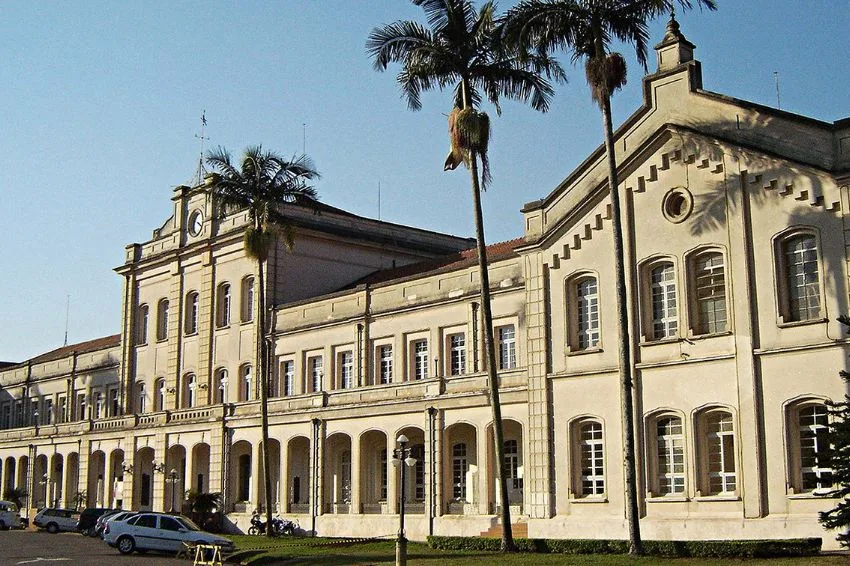O ONS (National Electric System Operator) informed that it will make available during the 2022 World Cup in Qatar specific bulletins on the impact of the event on cargo behavior in YES (National Interconnected System).
Through a interactive panel, the data will always be updated after the games and will present the SIN load behavior during the Brazilian national team matches and others of great relevance, such as semi-finals and finals.
In Brazil, especially on the days of the team's World Cup matches, there is a great national mobilization for television monitoring of the event. The concentration of the majority of the population in front of televisions significantly influences the behavior of the SIN charge.
According to the ONS, the bulletins will allow monitoring of this load variation and can be accessed on the Operator's website within up to two hours after the end of the Brazil games and other decisive matches. Operation bulletins during the 2022 World Cup can be accessed, clicking here.
Impact of games
According to information from the ONS, on big game days, especially in Brazil during the World Cup, around two hours before the matches there is a significant reduction in the load on the SIN.
This is due to the fact that many work activities, such as those in the industrial and commercial sectors, are interrupted due to people traveling to attend the event. During this period, load reductions of up to 13 GW are expected in relation to the immediately previous level, which has an average value of around 68 GW during business hours.
The amount is similar to the sum of the average loads in the states of Rio de Janeiro and Minas Gerais and the Federal District, which together have a total of approximately 40 million inhabitants.
“During the interval between the first and second half of the game, there is a rapid increase in load, influenced by the demobilization of people in front of the television, taking advantage of the moment to carry out domestic activities, leading to the switching on of lights and the use of household appliances, such as microwaves, electric fryers, popcorn makers and refrigerator and freezer motors”, explains the ONS.
During this period, the Operator highlights that a lifting ramp of up to 4 GW is observed, which approximately corresponds to the average load in the state of Rio de Janeiro, followed by a rapid reduction with the beginning of the second half, due to the behavior of people in return to follow the game.
Extra time and penalties
The ONS also assesses that variations similar to those at halftime could be repeated if there is extra time and penalties are taken in knockout games in the competition.
“At the end of the game, an abrupt load ramp begins, reaching amounts of around 12 GW, corresponding to 13 to 16% of the SIN load, in an interval of 20 to 30 minutes, with activities resuming after the game".
World Cup at the end of the year
The ONS also informs that the fact that the World Cup in Qatar is held in the months of November and December, when, historically, high temperatures are observed throughout the Brazilian territory, means that the behavior of the load may vary even more. severe, especially if the time coincides with the SIN's peak load period.
This is the first time in the history of world Cups that the national team tournament is being held between the months of November and December. A FIFA (International Federation of Football Associations, acronym in English) decided to make the change in 2015 because of the high temperatures that affect Qatar in the middle of the year, when the World Cup is usually played.
The following graph, made available by ONS, shows the SIN load during the game Brazil x Belgium, for the quarter-finals of the 2018 World Cup, in which it is possible to see a typical example of the behavior mentioned.
















